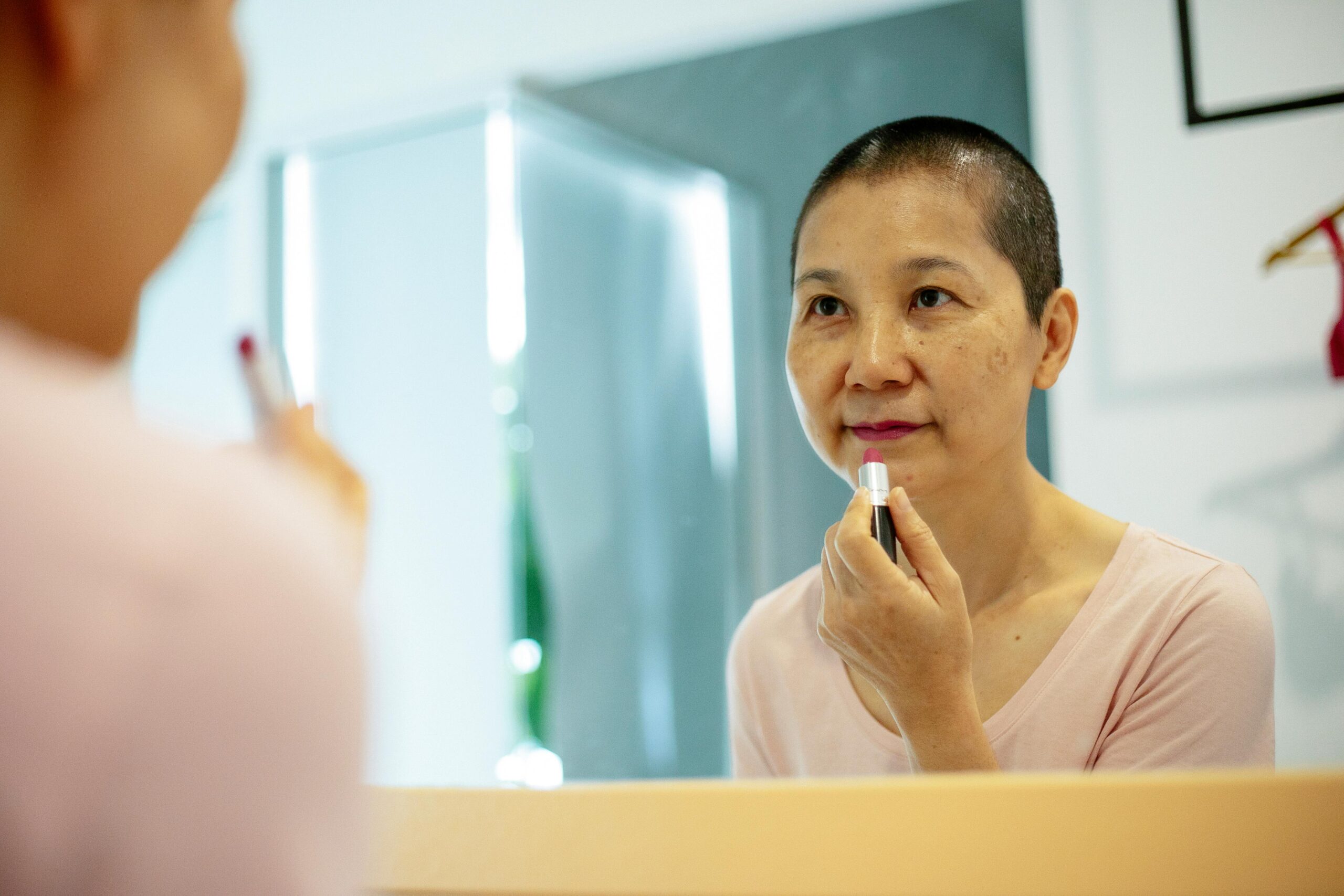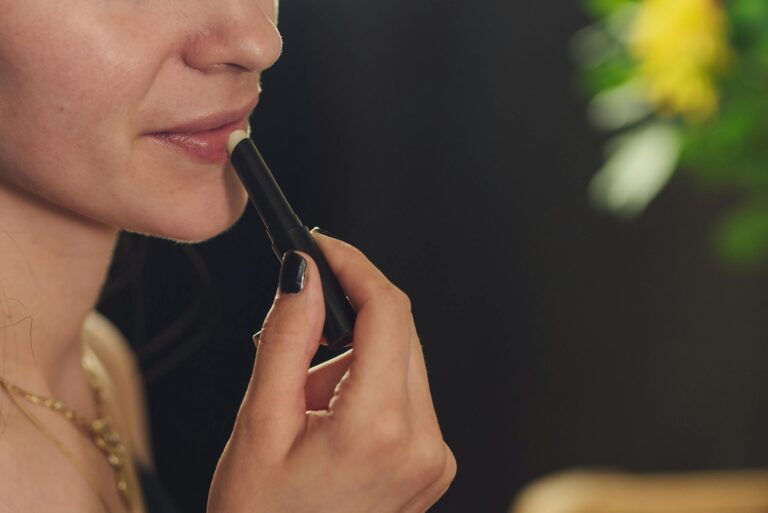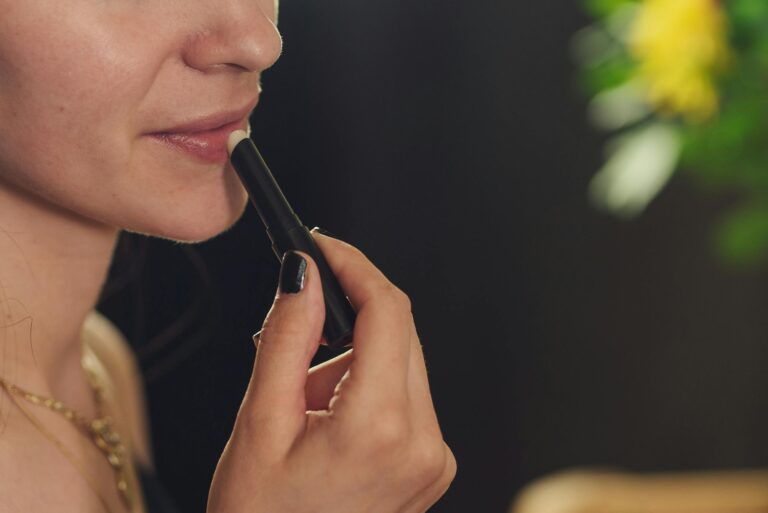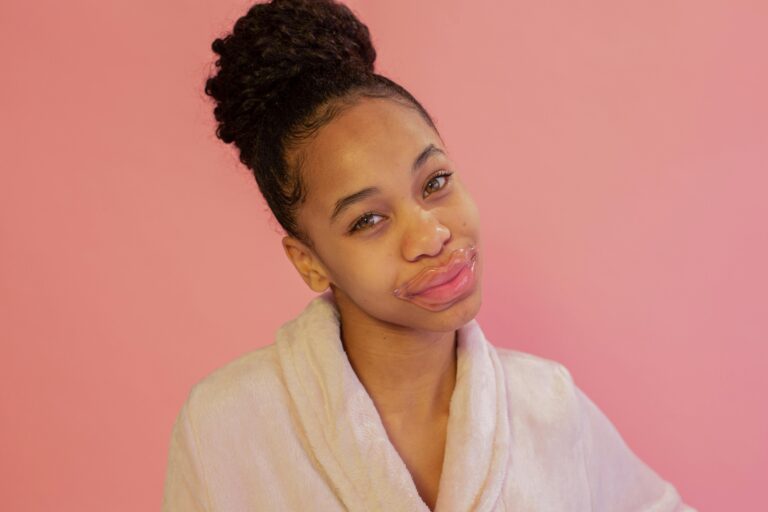Finding the perfect lip color can transform your look, boosting your confidence and adding a finishing touch to your makeup routine. However, with an overwhelming array of shades available, selecting the right lip color can be daunting. The key to making the right choice lies in understanding your skin tone and undertone, which can guide you toward shades that enhance your natural beauty.
In this comprehensive guide, we’ll walk you through the steps to determine your skin tone and undertone and provide tips on selecting the best lip colors for various complexions.
I. Understanding Skin Tone and Undertone
What is Skin Tone?
Your skin tone is the surface color of your skin, which can be categorized into three main types: fair, medium, and deep. This is the color you see when you look in the mirror and is often influenced by factors such as sun exposure and melanin levels.
- Fair Skin: Often burns easily and may have a light, porcelain appearance.
- Medium Skin: Typically tans well and ranges from light to olive tones.
- Deep Skin: Rich in melanin, with dark brown to ebony shades.
What is Undertone?
Your undertone is the subtle hue beneath the surface of your skin, which remains constant regardless of sun exposure. There are three primary undertones: cool, warm, and neutral.
- Cool Undertone: Skin has hints of blue, pink, or red.
- Warm Undertone: Skin has golden, yellow, or peachy hues.
- Neutral Undertone: A balanced mix of both cool and warm undertones.
How to Determine Your Undertone
There are several methods to determine your undertone:
- Vein Test: Look at the veins on the inside of your wrist. If they appear blue or purple, you likely have a cool undertone. If they appear green, you have a warm undertone. If you can’t tell, you may have a neutral undertone.
- Jewelry Test: Consider whether you look better in silver or gold jewelry. Silver tends to complement cool undertones, while gold flatters warm undertones. If both look good, you might have a neutral undertone.
- White Paper Test: Hold a piece of white paper next to your face. If your skin appears more yellow, you have a warm undertone. If it appears pink or rosy, you have a cool undertone. If you can’t decide, you may have a neutral undertone.
II. Choosing Lip Colors for Different Skin Tones
Fair Skin
If you have fair skin, the key is to choose lip colors that add warmth and vibrancy to your complexion without overwhelming it.
- Cool Undertone: Opt for blue-based pinks, soft mauves, and berry shades. Avoid overly dark colors, which can look harsh against fair skin.
- Warm Undertone: Peachy pinks, coral shades, and warm nudes work well. Stay away from too-pale nudes, which can wash out your complexion.
- Neutral Undertone: Fair-skinned individuals with neutral undertones can experiment with a wide range of colors, from soft pinks to light reds and even some warmer nudes.
Medium Skin
Medium skin tones have more flexibility with lip colors, as they can carry both light and deep shades beautifully.
- Cool Undertone: Choose shades like rose, cranberry, and blue-based reds. Avoid orange-based hues, which may clash with your undertone.
- Warm Undertone: Terracotta, warm reds, and rich corals are flattering. Steer clear of overly pale colors that can make your skin look sallow.
- Neutral Undertone: With a neutral undertone, you can wear a variety of colors, from nude pinks to vibrant reds and earthy tones.
Deep Skin
For deep skin tones, bold and rich colors often look stunning, providing a striking contrast against the skin.
- Cool Undertone: Deep plums, wine reds, and cool berries are excellent choices. Avoid overly bright colors, which can sometimes appear too stark.
- Warm Undertone: Brick reds, warm browns, and copper tones complement warm undertones beautifully. Avoid shades that are too light or ashy.
- Neutral Undertone: Deep-skinned individuals with neutral undertones can explore a broad spectrum of colors, including rich berries, vibrant reds, and deep nudes.
III. Tips for Applying Lip Color
Prep Your Lips
Before applying any lip color, it’s essential to prepare your lips to ensure a smooth, long-lasting finish. Exfoliate your lips with a gentle lip scrub to remove any dead skin cells. Follow up with a hydrating lip balm to moisturize and soften your lips.
Use a Lip Liner
Lip liner helps to define your lips and prevent your lip color from feathering or bleeding. Choose a lip liner that matches your lip color or is slightly darker for a more defined look. Outline your lips and fill them in with the liner for added longevity.
Apply Lip Color
Use a lip brush for precise application, especially with bold or dark colors. Start from the center of your lips and work your way outwards. Blot your lips with a tissue and apply a second layer for more intense color.
Set Your Lip Color
To set your lip color and prevent it from smudging, lightly dust your lips with translucent powder or use a setting spray. This step is particularly useful for long-lasting wear.
Conclusion
Choosing the right lip color for your skin tone can enhance your natural beauty and elevate your makeup look. By understanding your skin tone and undertone, you can select shades that complement your complexion and make your lips stand out. Whether you prefer bold, statement-making colors or subtle, everyday nudes, the perfect lip color is out there waiting for you.
Experiment with different shades and have fun discovering what works best for you. With the right lip color, you can confidently put your best face forward and embrace the power of a perfectly painted pout.
Frequently Asked Questions (FAQs)
1. Can I wear bold lip colors if I have fair skin?
Absolutely! Fair-skinned individuals can wear bold lip colors, but it’s essential to choose the right undertone. For cool undertones, opt for blue-based reds and berries. For warm undertones, choose vibrant corals or warm reds. The key is to find a shade that complements your complexion without overwhelming it.
2. What is the best way to make my lip color last longer?
To make your lip color last longer, start by prepping your lips with exfoliation and hydration. Use a lip liner to define your lips and prevent feathering. Apply your lip color with a lip brush for precise application, and blot your lips before applying a second layer. Set your lip color with translucent powder or a setting spray for extended wear.
3. Can I mix lip colors to create a custom shade?
Yes, mixing lip colors is a great way to create a custom shade that suits your preferences and skin tone. Experiment with different combinations to find unique colors that enhance your look. You can mix two or more lipsticks directly on your lips or use a palette to blend them before application.
4. How do I choose a nude lip color that doesn’t wash me out?
When choosing a nude lip color, consider your undertone. For cool undertones, select nudes with pink or mauve hues. For warm undertones, opt for nudes with peach or caramel tones. Avoid shades that are too light or ashy, as they can make your complexion look washed out. Test the color on your lips to ensure it enhances your natural lip color without blending in too much.
5. Can I wear different lip colors for different occasions?
Yes, you can and should switch up your lip colors for different occasions. For everyday wear, neutral and subtle shades are ideal. For special events or nights out, feel free to experiment with bolder, more dramatic colors. The key is to choose a lip color that complements your overall look and the occasion, making you feel confident and put-together.



